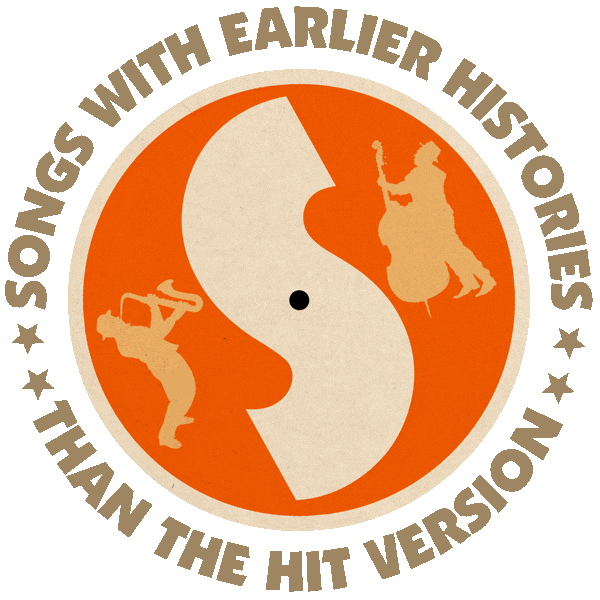Recorded (as a demo) by The Jet Set (1964).
First album release by Bob Dylan (March 1965).
Hit version by The Byrds (US #1/UK #1/CAN #2/IRE #1 April 1965).
Also recorded by The Brothers Four (recorded 1964, released May 1965).
From the wiki: “In 1964, The Byrds – then known as The Jet Set – first recorded ‘Mr. Tambourine Man’ as an audition demo prior to being signed to Columbia Records. Two other songs from the session (but not ‘Tambourine Man’) were released by Elektra Records in a one-off deal and had no chart impact. For the Columbia Records recording session leading to their first hit record, The Byrds did the vocals and lead guitar on the recording but session musicians (the infamous ‘Wrecking Crew‘) were brought in to play the other instruments. Hal Blaine, Larry Knechtel and Glen Campbell were among the assorted session players used for The Byrds’ first recordings.
“The very first recording ever of ‘Mr. Tambourine Man’ was a 6+-minute demo completed by Bob Dylan (along with Ramblin’ Jack Elliott) during a marathon session for the Another Side Of Bob Dylan album (on June 9th, 1964). The song had been written by Dylan while driving cross-country from New York to San Francisco via New Orleans. He wrote the song and recorded the demo with Elliot that eventually found its way to The Jet Set née The Bryds. (Dylan’s demo would later resurface on the soundtrack to the Dylan bio-doc No Direction Home.)

